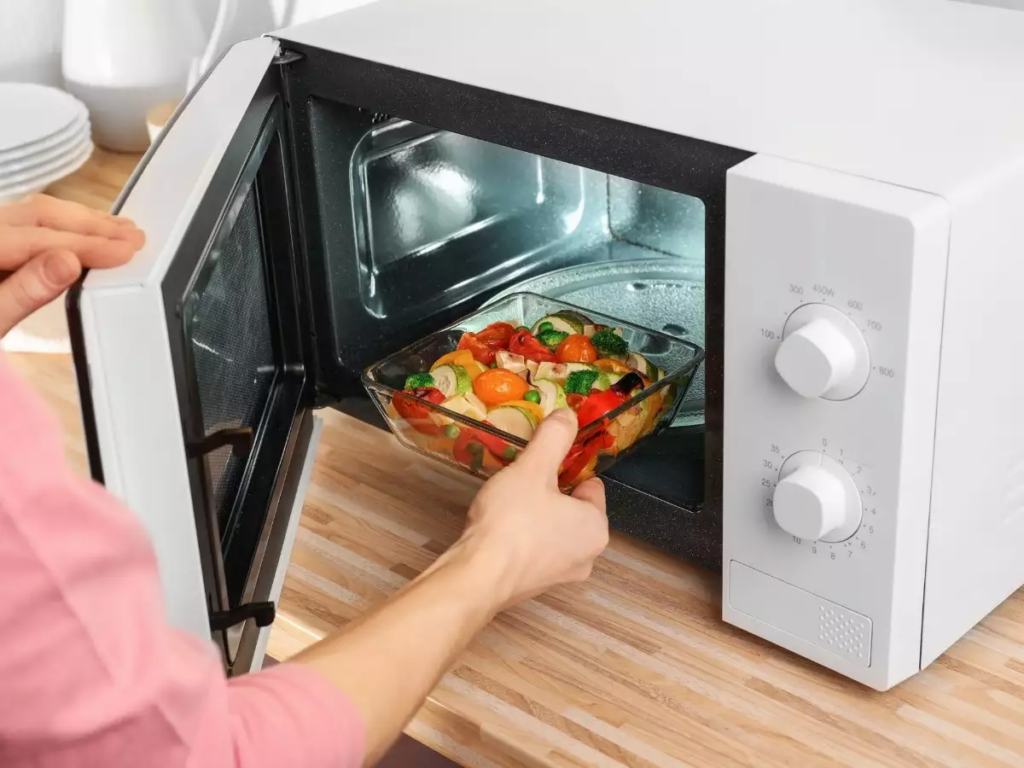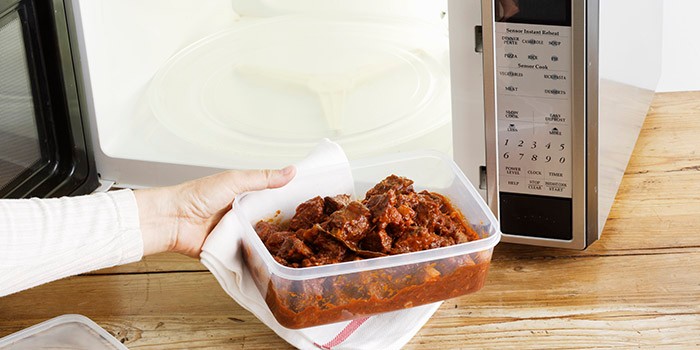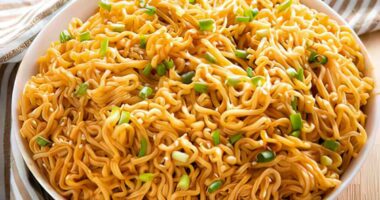Introduction
How You Reheat Leftovers To Ensure Food Safety;- Are you guilty of reheating leftovers without giving much thought to food safety? We’ve all been there, but it’s time to take a step back and think twice before microwaving yesterday’s dinner. Properly reheating your leftovers is crucial for ensuring that they are safe to eat and won’t make you sick. In this blog post, we’ll cover everything you need to know about how to reheat leftovers safely and which foods are safe (and not so safe) to reheat. Say goodbye to bland and potentially dangerous meals – let’s dive in!

How to Reheat Leftovers Safely
When it comes to reheating leftovers, safety is key. Follow these tips to ensure that you are reheating your meals in a safe and healthy way.
Firstly, always make sure that the food is heated thoroughly. The temperature should reach at least 165°F or 74°C to kill any bacteria present in the dish. Use a thermometer to check the internal temperature of the food before consuming.
Secondly, be mindful of how you reheat your food. Avoid using methods like slow cookers or chafing dishes as they may not heat up quickly enough or evenly throughout the meal. Instead, opt for methods like microwave ovens or stovetop cooking which can effectively heat up your leftover meals within minutes.
Thirdly, ensure that your equipment is clean before use. Dirty microwaves and pots can contaminate your food with harmful bacteria making it unhealthy for consumption.
If you’re unsure about the safety of reheated leftovers then discard them immediately rather than risking getting sick from eating contaminated foods.
How You Reheat Leftovers To Ensure Food Safety -What Foods Are Safe to Reheat?
When it comes to reheating leftovers, not all foods are created equal in terms of safety. Some foods can be safely reheated without any risk of contamination or illness, while others should never be reheated at all.
Safe-to-reheat foods include cooked meats such as chicken, beef and pork. These can be reheated either in the oven, on the stovetop or even in the microwave if done properly. It’s important to ensure that these meats are heated thoroughly to an internal temperature of 165°F (74°C) before consuming.
Other safe-to-reheat foods include soups, stews and casseroles that have been properly stored in airtight containers and refrigerated promptly after cooking. These dishes can also be safely reheated on high heat until they reach a temperature of at least 165°F (74°C).
Leftovers made with rice are also generally safe to reheat as long as they have been stored correctly and handled hygienically. However, it’s important to note that rice needs to be cooled down quickly once cooked and refrigerated within two hours.
On the other hand, some types of food should never be reheated due to their potential for bacterial growth and risk of illness. Examples include raw eggs, seafood such as shrimp or crabmeat, pre-cooked fruits and vegetables like spinach or celery which contain nitrates known cause cancer when exposed too much heat .
It’s important always keep food safety top-of-mind when handling leftovers – remember: “when in doubt throw it out!”

How You Reheat Leftovers To Ensure Food Safety-What Foods Are Not Safe to Reheat?
While reheating leftovers can be a great way to reduce food waste and save time, it’s important to know which foods are not safe to reheat. Here are some examples:
1. Rice – Cooked rice can contain spores of Bacillus cereus, a bacterium that can cause food poisoning. These spores can survive even when the rice is cooked properly and then stored in the fridge. When you reheat the rice, these spores can multiply and produce toxins that could make you sick.
2. Potatoes – While potatoes themselves aren’t harmful to reheat, potato dishes such as mashed potatoes or potato salad often contain mayonnaise or other dairy-based ingredients that shouldn’t be left at room temperature for too long.
3. Eggs – Reheating eggs poses a risk because they’re rich in protein, which makes them an ideal breeding ground for bacteria if they’re not handled properly.
4. Spinach – Leafy greens like spinach have nitrates that convert into nitrites when reheated at high temperatures, potentially leading to carcinogenic compounds forming in your dish.
By avoiding these foods or taking extra precautions when reheating them, you’ll help ensure the safety of your meals and avoid any unwanted illnesses from contaminated leftovers!

Conclusion
Reheating leftovers is a common practice in households around the world. However, it is important to ensure that you are doing so safely to avoid any health risks associated with consuming food that has not been heated properly.
Remember to always store your leftovers correctly and follow the appropriate guidelines for reheating different types of foods. Keep an eye on the temperature and make sure your food reaches at least 165°F before consumption.
By following these simple tips, you can enjoy delicious leftover meals without worrying about compromising your health. Stay safe and happy eating!









